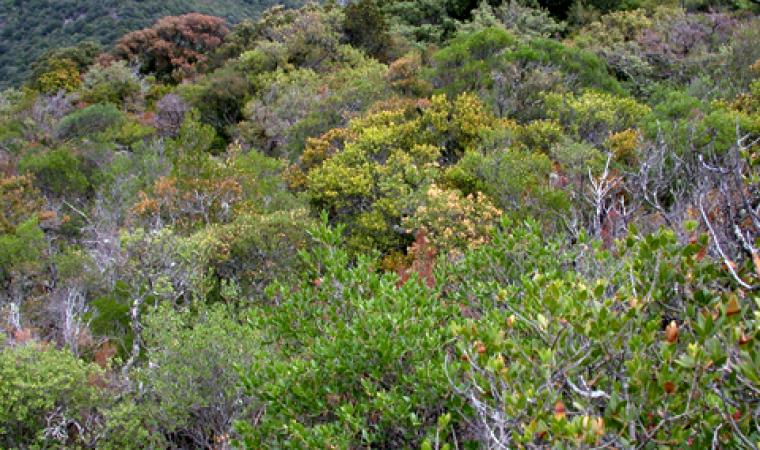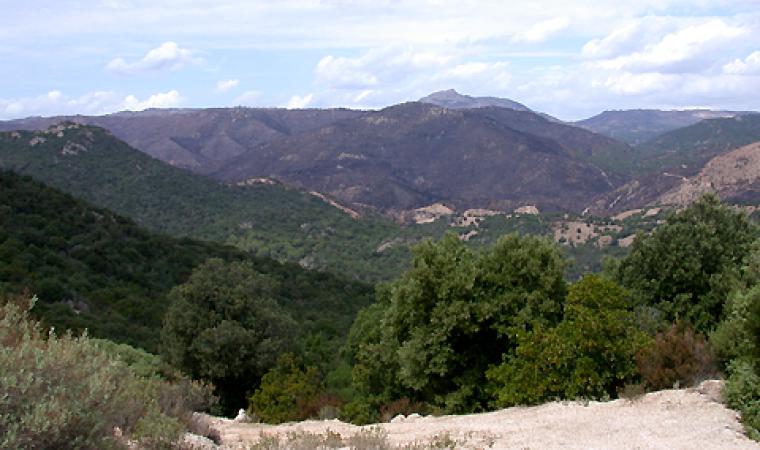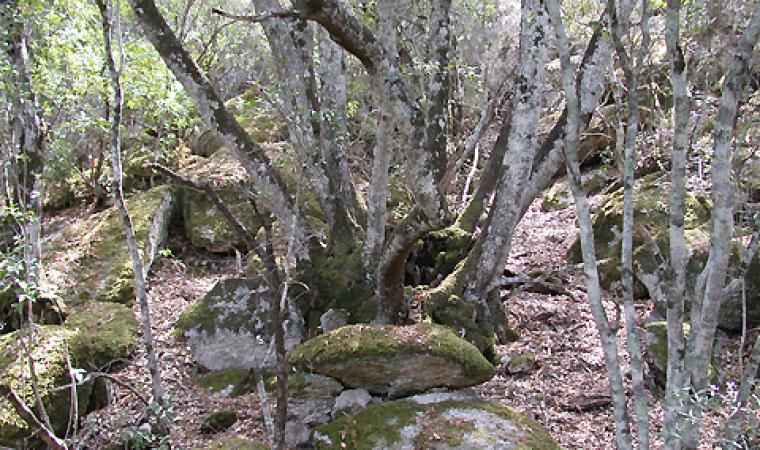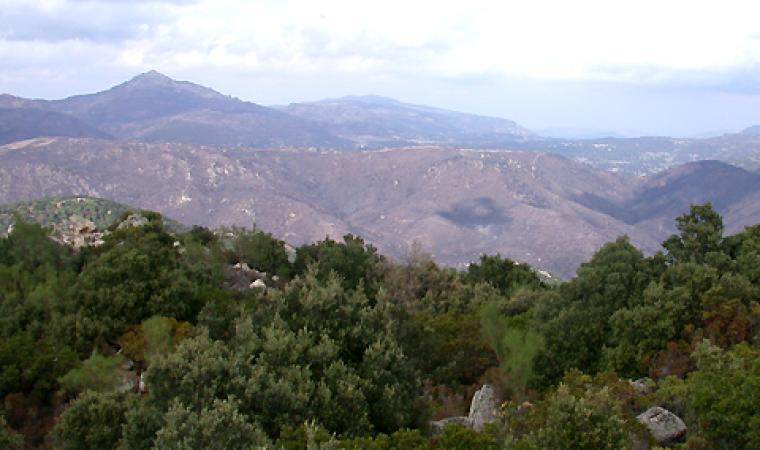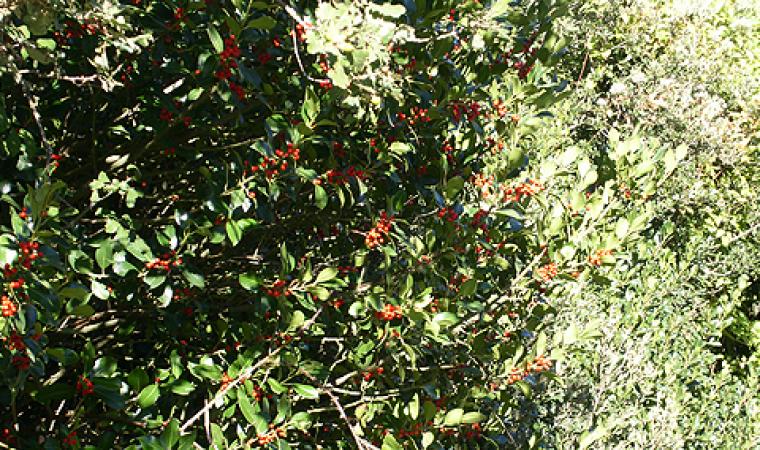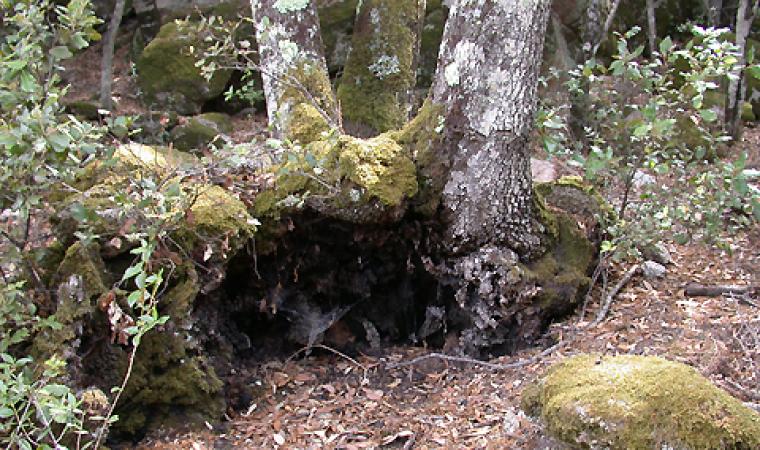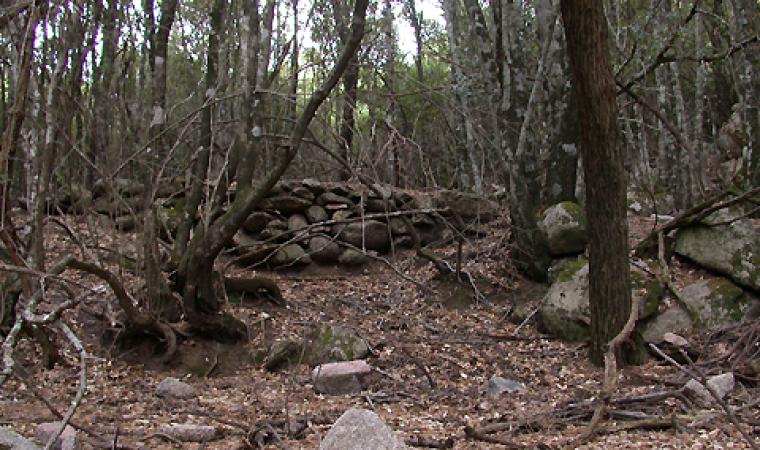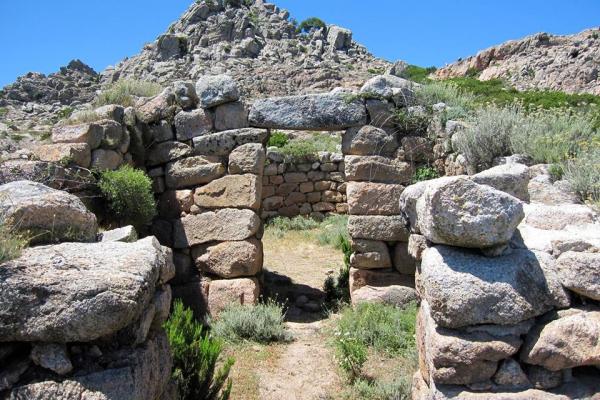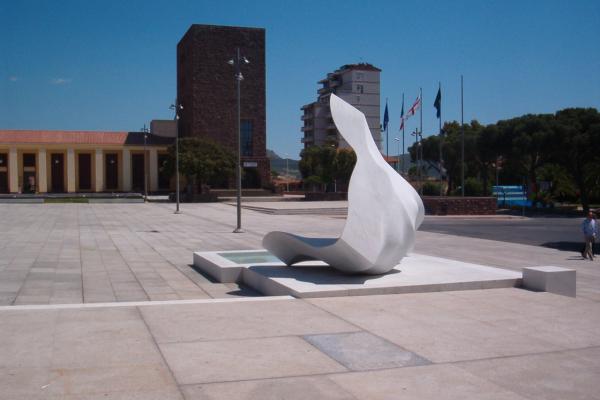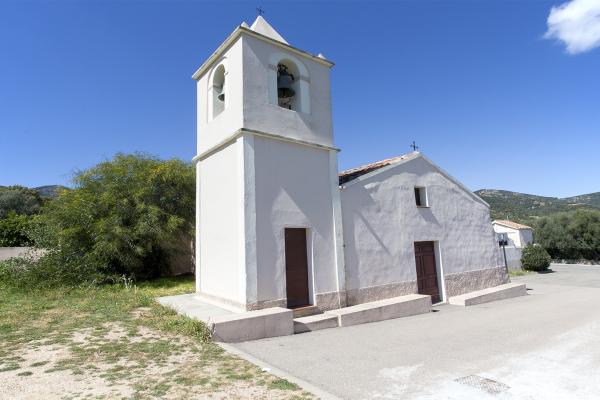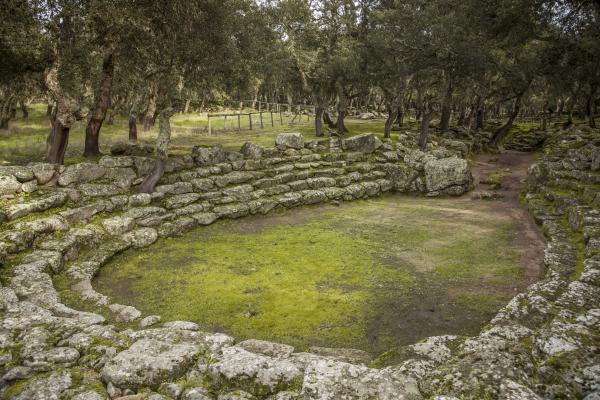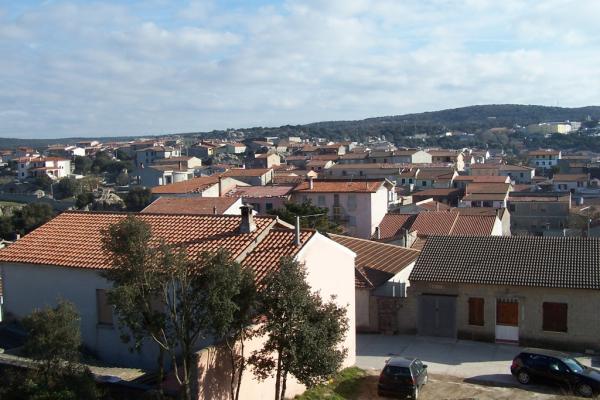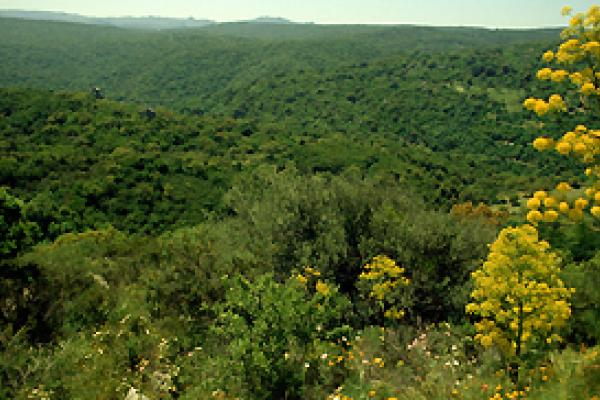Mountains with rough and uneven shapes, crossed by wide valleys, are the undisputed kingdom of the golden eagle, which nests on Mount Tepilora. At altitudes lower than a few hundred metres, a deer population wanders among the holm oaks and cork oaks. They are the most characteristic rare species to inhabit the state forest of Sos Littos – Sas Tumbas. They're not alone though, as the area is also a home, within a well-defined space, to a colony of mouflons, protagonists of a repopulation activity. Furthermore, you can see wild boars, wild cats, hares, martens and foxes, while there are peregrine falcons, sparrowhawks and buzzards circling in the sky, and it is not uncommon to spot the Barbary partridge and the wood pigeon.

Forest
The Tepilora oasis contains an immense naturalistic heritage, including a large forest that, set between granite rocks and streams, is a ‘green lung’ in central-northern Sardinia
The Tepilora oasis contains an immense naturalistic heritage, including a large forest that, set between granite rocks and streams, is a ‘green lung’ in central-northern Sardinia
See this place because...
You can explore the colours and fragrances of a forest populated by a multitude of plant and animal species, within a park full of unmissable attractions
Pictures and videos
Nearby
Ti piace questo luogo? Barbagia e San Teodoro potrebbero essere la tua meta ideale.
You may also like
More attractions in the vicinity

